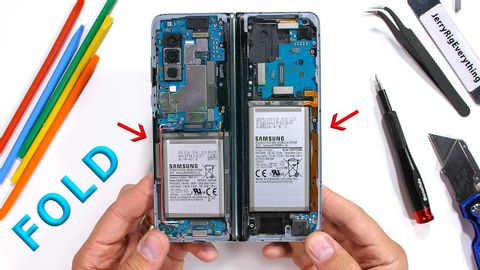
Subtitles & vocabulary
Samsung Galaxy Fold Teardown! - How does it even work?
00
林宜悉 posted on 2020/03/06Save
Video vocabulary
massive
US /ˈmæsɪv/
・
UK /ˈmæsɪv/
- Adjective
- Very big; large; too big
- Large or imposing in scale or scope.
B1
More temptation
US /tɛmpˈteʃən/
・
UK /tempˈteɪʃn/
- Noun
- Something making you want to do/have bad thing
- Something that attracts or tempts someone.
A2
More slip
US /slɪp/
・
UK /slɪp/
- Noun (Countable/Uncountable)
- Act of beginning to fall from losing balance
- A field position in cricket
- Verb (Transitive/Intransitive)
- To begin to fall as a result of losing balance
- To escape or become free from something
B1TOEIC
More function
US /ˈfʌŋkʃən/
・
UK /'fʌŋkʃn/
- Noun
- Social event, or party such as a wedding
- Mathematical operation used in calculations
- Intransitive Verb
- To serve a certain purpose or role
- To be operating, working or achieving its purpose
A2TOEIC
More Use Energy
Unlock All Vocabulary
Unlock pronunciation, explanations, and filters
